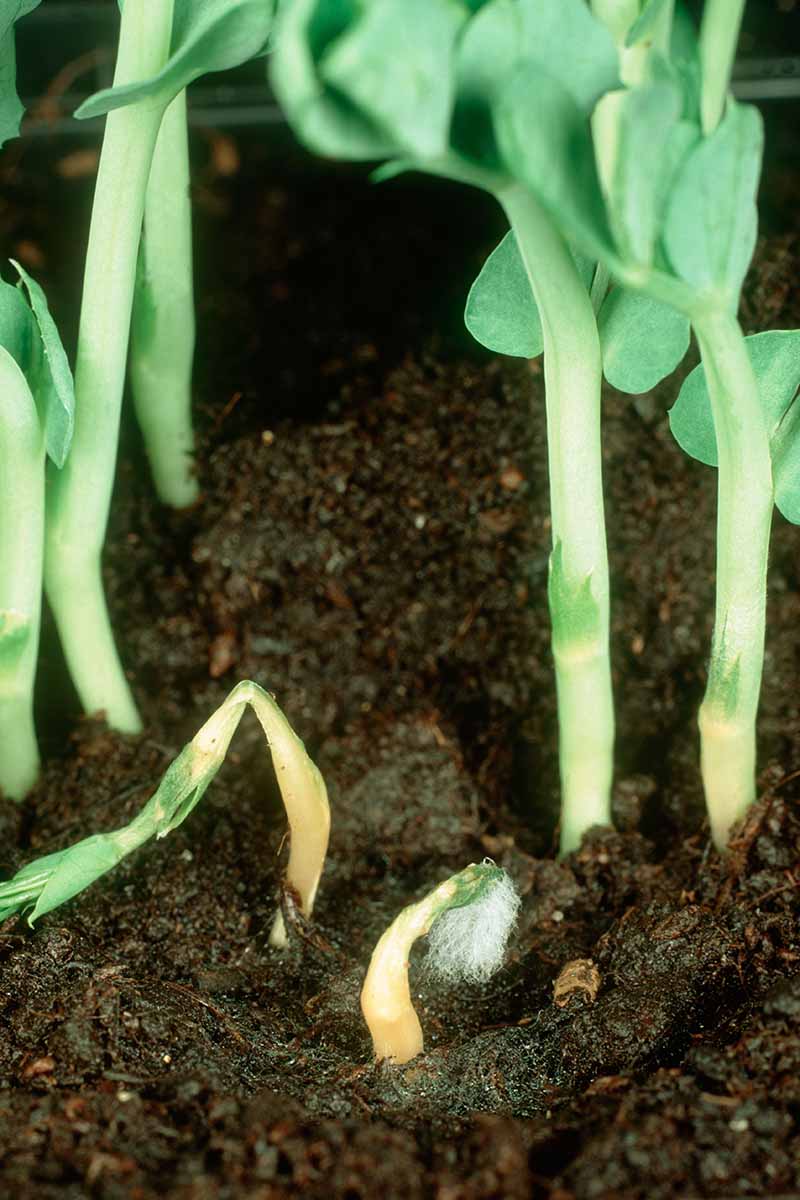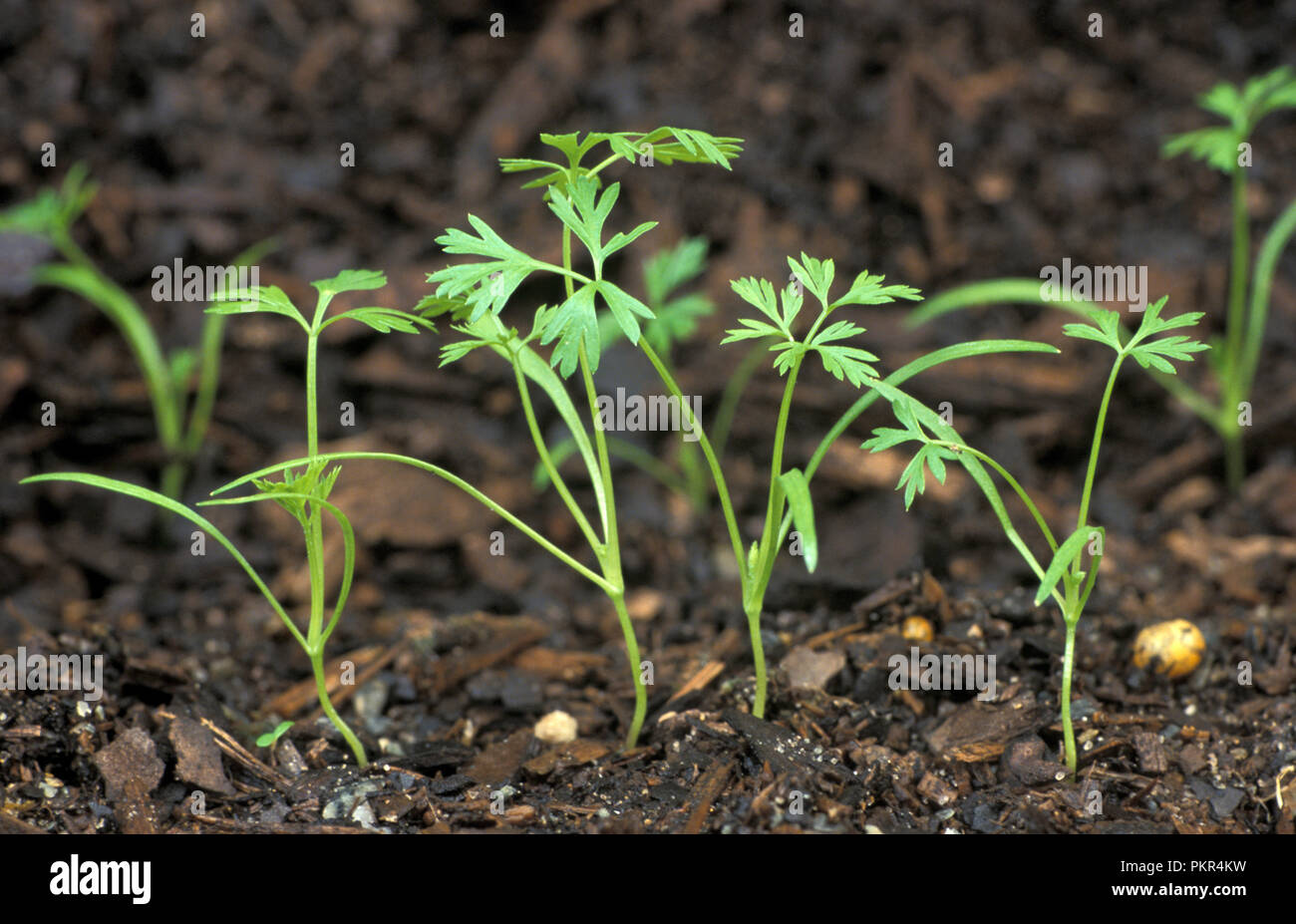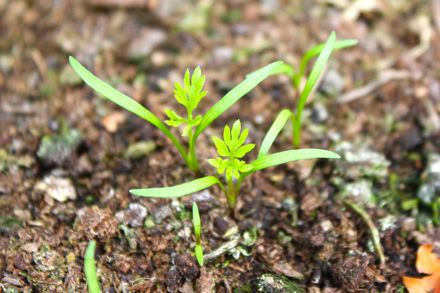

I am always suspicious when a product cures all kinds of fungi infections. “You can use hydrogen peroxide to combat every kind of fungal infection on your plants.” One site recommends using a 0.75% solution for spraying plants, which is a 200 mM solution. Then solve the real soil problems, such as compaction, high water table, poor drainage etc. The best approach is to let the soil dry out to give plants a chance to fight the infection. Trying to solve root rot on plants in the ground is difficult. The problem being solved is, too much water in the soil. The other thing to consider is that this is 99.8% water. Using the 3% standard solution this results in 0.2% solution which is now so dilute it won’t add much oxygen to the soil. “For plants with root rot or fungal infections, use 1 tablespoon hydrogen peroxide per cup of water”. These opportunistic, soil-borne plant pathogens infect plant root systems, where they thrive under low oxygen.” “Most plants can be affected by some form of root rot, usually caused by species of water molds: Phytophthora and Pythium, or by species of fungi: Rhizoctonia, Fusarium, and Thielaviopsis. This problem is real and it can be caused by overwatering. Adding peroxide to the soil adds oxygen thereby improving the waterlogged soil. The water fills the air spaces, resulting in low oxygen levels which makes it easier for root rot fungus to take hold. The claim is that root rot is caused by waterlogged soil due to overwatering. Soil and plant material will deactivate the peroxide, so material being disinfected should be washed first. Secondly, it is next to impossible to disinfect the soil in a home garden.

Firstly, most diseases in the garden don’t pose a problem and don’t need to be treated. They prefer to use products that combine hydrogen peroxide and peroxyacetic acid because they work better.Ĭomments like, “If you find a plant disease in your backyard, use a hydrogen peroxide solution to disinfect everything that might have come into contact with your troubled plants” are misleading. Hydrogen peroxide is a disinfectant, so this will work, however commercial greenhouses don’t use it. Disinfects Pots, Tools, Benches and Greenhouses The peroxide is degraded quickly as it reacts with organic matter and in a few minutes you are left with soil that is just as compacted as before. Peroxide will release oxygen, but it will not build up enough pressure to open up new pores in soil. The peroxide releases oxygen and somehow this opens up the pores in soil. Plants don’t grow well in compacted soil and it is claimed that pouring peroxide onto it will reduce compaction.


Spraying it into the air, on soil or even adding it to water will cause it to degrade rapidly producing oxygen and water. It is very reactive and easily loses the extra oxygen when it comes into contact with all kinds of other chemicals.


 0 kommentar(er)
0 kommentar(er)
